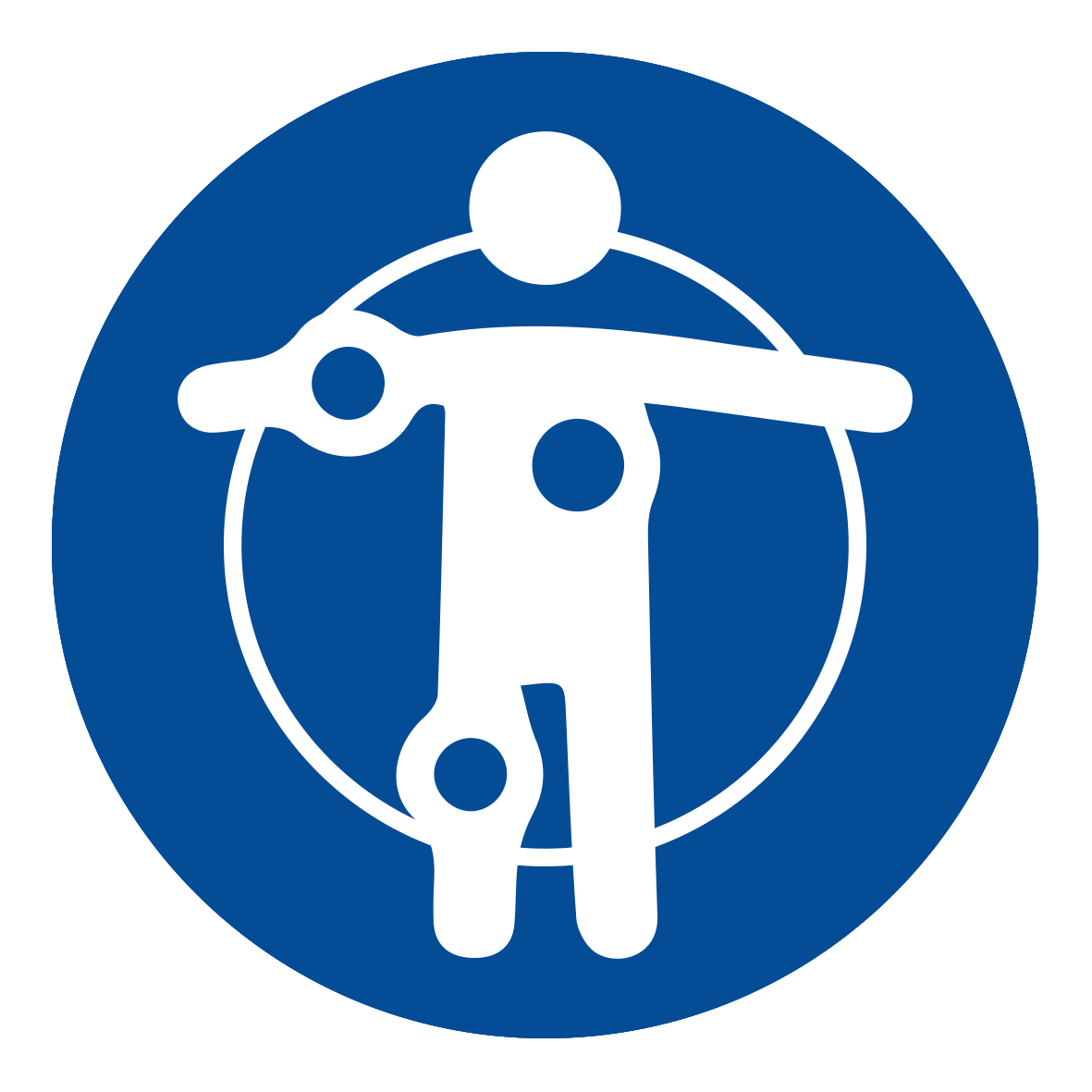Home / Limb Deformities / Hallux Rigidus
Hallux Rigidus (from Latin, “hallux” is the big toe, and “rigidus” means stiff) is a progressive foot disorder that involves the joint located at the base of the big toe (1st metatarsophalangeal joint). Over time, the joint becomes rigid because of arthritis making it more painful and difficult to bend. The condition most commonly occurs in adults between the ages of 30 and 60. While a bump on the top of the great toe joint may occur, this condition must not be confused with a bunion. 1

Important safety information: Download the Product Instructions For Use.
The MiniRail External Fixation System consists of small rails and screws for fixation of small bones when a condition does not allow for implanting internal devices. The MiniRail is designed to help with a variety of deformity corrections and lengthening procedures of small bones and joints in the foot and upper limb.

Though the condition may be caused by traumatic injury or certain shoewear, the most common cause of hallux rigidus is overuse from high demand activity such as in laborers or athletes.
An injury, gout, osteoarthritis and rheumatoid arthritis can be also causes and associated conditions of hallux rigidus. 2
Standing for a long time and wearing high heels may aggravate this disorder.

Stiffness and pain when standing or walking are the main symptoms of hallux rigidus, which become more severe during cold or humid weather. Inability to feel comfortable in shoes, limited dorsiflexion and reduced range of motion, decreased push-off strength, swelling and inflammation around the joint are additional common symptoms. 3

A physical exam of the joint and X-rays are needed to evaluate for joint range of motion and joint abnormalities such as bone spurs.

Non-surgical approaches are initially considered for hallux rigidus, which may include nonsteroidal anti-inflammatory medications, cortisone injections, rocker-bottom shoes with stiff inserts and avoidance of shoes that cause pain, including high heels. In the early stages of the condition, physical therapy may be recommended, with joint manipulation, mobilization, and strengthening of the foot muscles to improve stability and range of motion. If conservative measures fail to alleviate pain, surgery may be recommended. There are two general types of procedures available depending upon the level of joint disease: joint fusion or joint sparing. These procedures may include: dorsal cheilectomy (spur removal), a dorsal wedge osteotomy of the proximal phalanx, metatarsal osteotomy, joint fusion and artificial joint replacement. 3, 4, 5

Complications are generally uncommon after hallux rigidus surgery. For fusions, complications may include nonunion (failure of fusion) and swelling. For joint sparing surgery, complications may include joint stiffness, infection, persistent swelling, progression of the arthritis, and recurrence of the condition.